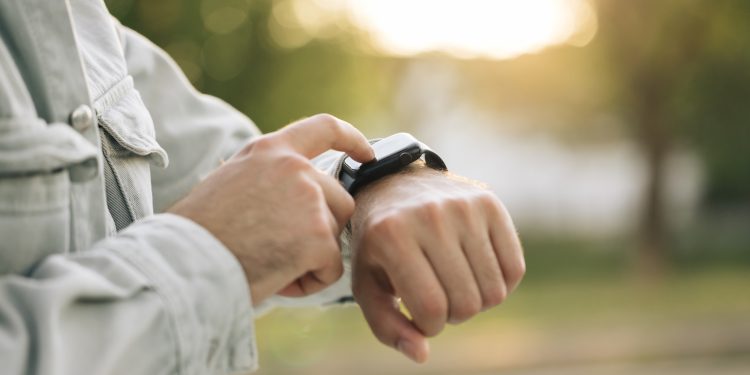Apple is bringing a blood oxygen measurement feature back to the Apple Watch in the US – albeit in a revised form. More than a year and a half after the original version was discontinued due to a patent dispute, the feature is now back as a software update. The measurement is no longer calculated directly on the watch, but via the paired iPhone.
Blood oxygen monitoring has long been a unique feature of the Apple Watch. However, in the US, Apple was forced to remove this feature from the Series 9, Series 10, and Ultra 2 models after a patent dispute with medical technology company Masimo led to an import ban. The iOS 18.6.1 and watchOS 11.6.1 updates now provide a solution that technically modifies the feature but makes it available again for the affected models.
Background to the patent dispute
Apple and Masimo have been in a dispute for years over patents for blood oxygen measurement using optical sensors. In December 2023, the U.S. Trade Commission (ITC) ruled that certain Apple Watch models infringed these patents. The result was an import ban on models with the original blood oxygen function. Shortly thereafter, Apple halted sales of the Apple Watch in the U.S. for several days. Starting January 18, 2024, the Series 9 and Ultra 2 were again available – but without the function. The Series 10, which launched in September 2024, also had to forgo blood oxygen measurement in the U.S. The legal dispute with Masimo continued.
The new software solution
Apple is releasing a revised blood oxygen feature with iOS 18.6.1 and watchOS 11.6.1. It's available for Apple Watch Series 9, Series 10, and Ultra 2 in the US, provided they were sold without the original feature. The difference from the previous version: The Apple Watch sensors continue to collect the raw data, but the blood oxygen level is no longer calculated on the watch itself, but on the connected iPhone. The results appear in the Health app under the "Respiration" section.
How the new measurement works
A measurement can be initiated in the Blood Oxygen app on the Apple Watch. The recorded sensor data is automatically transferred to the paired iPhone, where the calculation takes place. The values can then be accessed in the Health app. Background measurements are also supported. The Apple Watch then automatically collects data during daily use, which is sent to the iPhone in the background and analyzed there.
Device compatibility and part numbers
The update only applies to Apple Watch models purchased in the US with part numbers ending in "LW/A." This information can be found on Apple Watch under Settings > General > About or in the Apple Watch app on iPhone under General > About.
Apple emphasizes that devices with the original blood oxygen function and models purchased outside the US are not affected.
Legal basis for the relaunch
The return of the feature became possible after the U.S. Customs and Customs Administration ruled that Apple could import Apple Watch models with this new software design. Apple, however, continues to appeal the original ITC decision and maintains that it should be overturned.
Apple avoids patent dispute with new software solution
Apple is bringing back its blood oxygen function in the US with a clever technical tweak. The calculation on the iPhone circumvents the previous patent issues, while users can once again take measurements – both manually and automatically in the background. This move demonstrates how Apple is circumventing legal hurdles with software solutions without sacrificing important health features, even though the dispute with Masimo is far from over. (Image: Shutterstock / mpohodzhay)
- Apple leak reveals A18 chip in next budget iPad
- HomePod mini receives powerful chip upgrade
- New Apple TV: With A17 Pro chip and top connectivity
- Apple's new Studio Display 2 could be released in 2026
- Apple plans iPad mini with A19 Pro – release still unclear
- Apple Watch 2025: Leaks reveal details about the S11 chip
- Apple Vision Pro 2: Leak confirms powerful M5 chip





